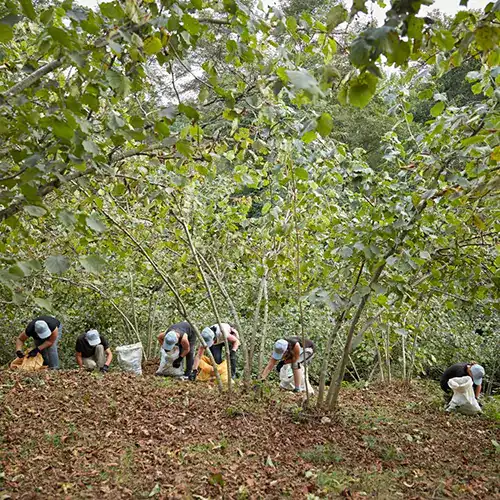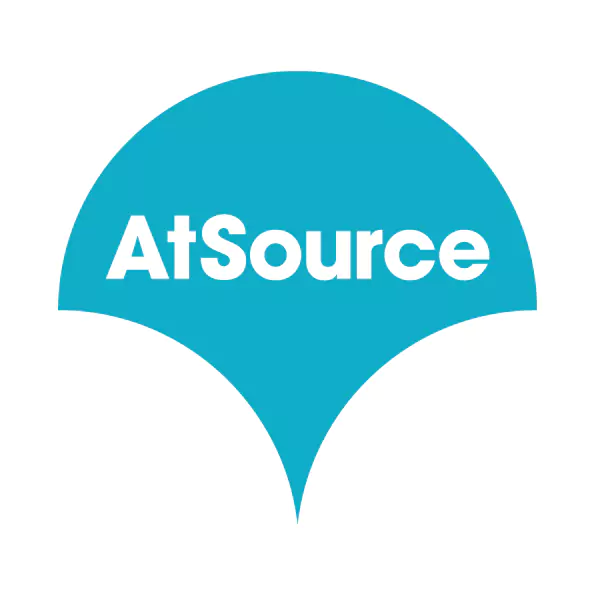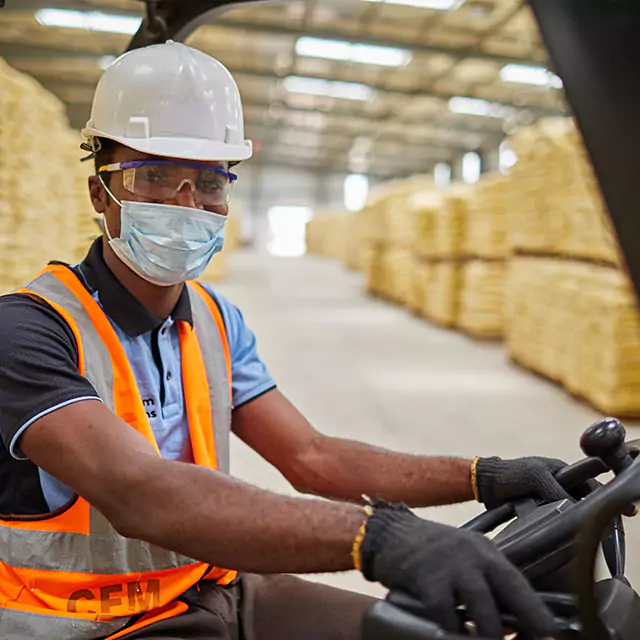Many of our supply chains start in rural areas with limited or hard-to-access education and health infrastructure. Safeguarding human rights requires looking at the enabling environment needed for people to thrive and taking a holistic approach at individual, community and national levels to address the barriers.
Together with our partners, we’ve pioneered solutions to tackle the multiple drivers of child labor, while our education support efforts reached 34,000 children in 2023. By taking a holistic and collaborative approach, we can make a difference in peoples’ lives.

Together with our customers and partners, we're focusing on:
- Monitoring and remediation: Expanding coverage of Child Labour Monitoring and Remediation Systems (CLMRS) to identify children at risk and tailor remediation actions.
- Safeguarding workers’ rights: Creating formal labor contracts, training farmers on good labor practices distributing PPE, and improving to grievance processes.
- Improving access to education: Supporting farmers to obtain birth certificates, providing school materials and improving infrastructure.
- Improving rural nutrition and health: Supporting rural access to healthcare, nutrition, water, sanitation and hygiene, offering screening, supplies, and sensitization.
- Improving workers’ nutrition: Using the Workforce Nutrition scorecard and to access to nutrition-focused support at work.

Reporting on our progress
Progress against our goals for empowering farming communities is reported in our Group 2023 Annual Report and dedicated product strategies: Cocoa Compass, Coffee LENS, Nut Trails and Dairy Tracks.
Updates for 2023 include:
Monitoring through AtSource+
All suppliers with products enrolled on AtSource must adhere to the principles of good health, safety and working conditions, as outlined in the Supplier Code. AtSource+ also allows customers to track a number of important metrics across their supply chains including:
Number of farmers in a farmer group trained on good labor and health and safety practices.
- Number of farmers covered by an active and effective Child Labor Monitoring and Remediation System including:
- The number of children identified in child labor through inspections and the number of child labor cases remediated.
- Percentage of ofi employees trained on labor rights and practices.
- Number of ofi employees occupying a position with hazard or at risk. For example, handling chemicals or operating machinery.

Tackling the root causes of child labor
How childcare makes all the difference during the coffee harvest.
AtSource+ metrics to track progress:
- Farmers in a farmer group trained on good labor practices
Child labor in coffee-producing countries is often the result of school holidays coinciding with the harvest season. Both parents need to be on the farm to pick coffee. So, in the absence of any other form of day care, it’s common and culturally acceptable for children to accompany their parents.
ofi is helping to tackle child labor in a number of ways, starting by training farmers in good labor practices. Working with farmer communities across the Santa Rosa, Huehuetenango and El Progresso regions in Guatemala, ofi has also built eight kindergartens. These provide classes, care facilities and two full meals a day for 160 children at the peak of the harvest, when schools are on vacation. There are plans for a further 26 kindergartens by 2025.
AtSource+ is helping to measure the impact of this program on child labor. Not only does it report on the number of farmers in a farmer group trained in good labor practices, it also tracks the number of children identified in child labor. Over time, it will show how incidences of child labor have reduced since the introduction of the kindergarten program.
Achieving 100% child labor monitoring in our managed cocoa programs
We’ve continued to roll out our Child Labor Monitoring and Remediation Systems (CLMRS), designed in collaboration with the Fair Labor Organisation (FLA). The FLA is conducting risk assessments in all our cocoa sourcing countries and providing recommendations for developing a comprehensive CLMRS program in each.
With training and the help of a smartphone, community leads or field officers collect detailed social data on communities and individual farming households, identifying children at risk and tailoring interventions based on the issues identified. The app has now been rolled out in all nine of our cocoa sourcing countries, covering a total of 183,000 farmer households.
Read ofi news
Bringing you personal stories from our female field offices and farmers across the globe and the efforts underway at ofi to build a future where every farmer, regardless of gender, can thrive and contribute to a more sustainable world.
Child labour in cocoa producing countries often stems from some really complex societal and economic challenges.
Child labour monitoring and remediation is set to be rolled out across Cameroon in the first programme of its kind by a cocoa company. The move forms part of Olam Cocoa’s global commitment to put children first by tackling child labour and helping more children attend school across its entire direct supply chain.
Going to school during the summer holidays wouldn’t be most children’s idea of fun, but for 13 year-old Nurcan Sekiz, it means a safe space to play and not work.
Copyright ©
Olam International Limited. All Rights Reserved. Co Reg No: 199504676H


